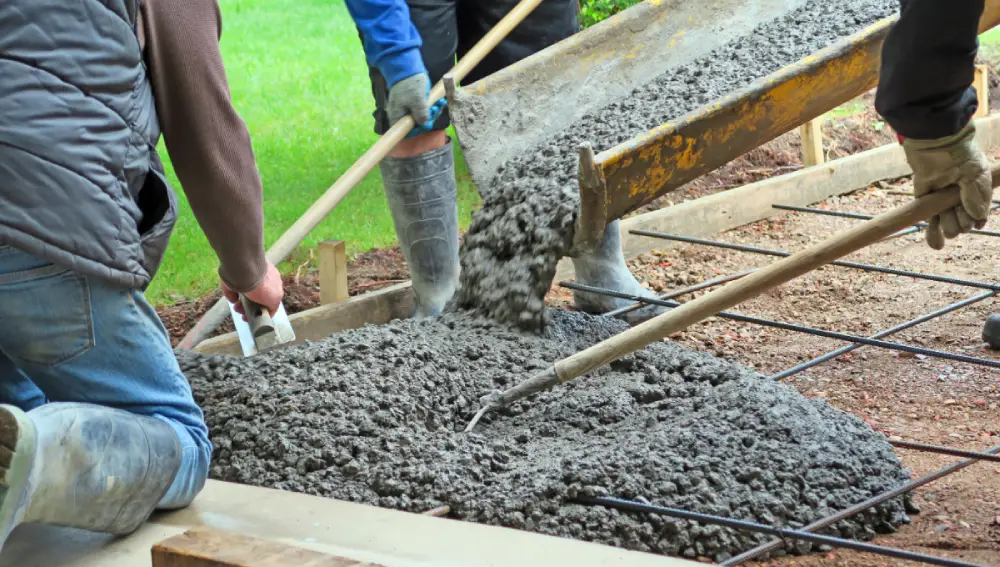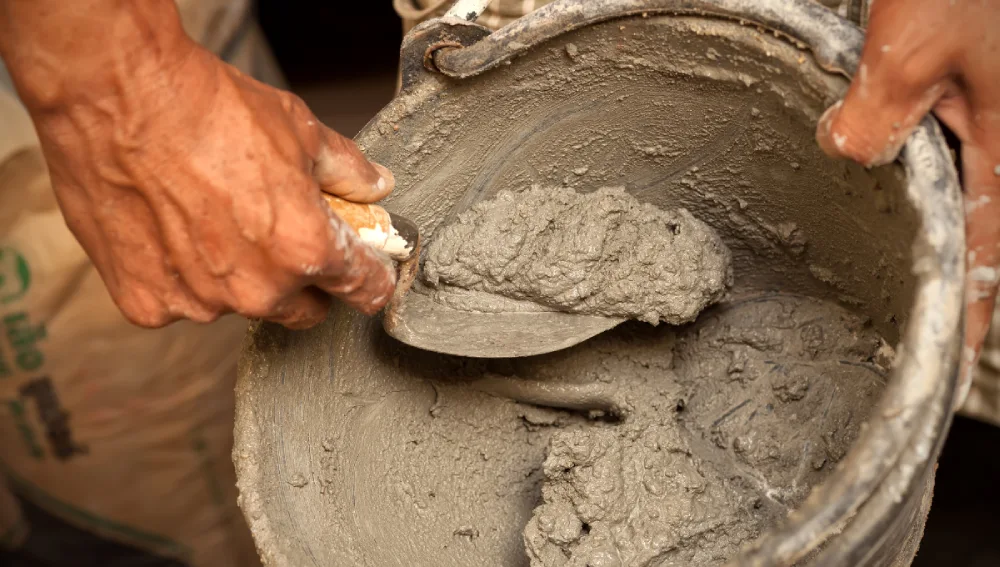Cement is a commonly used product in the construction industry. It is finely made into a paste by mixing with water. The consistency of this paste is important because it determines the strength of the construction. Consistency can be determined by a standard consistency test, which regulates the water needed to make a cement paste. This test is important for construction because it helps evaluate the cement’s workability and setting time. Let’s understand the concepts in detail.
What is the Consistency Test for Cement?

The consistency test for cement is a laboratory procedure determining the amount of water to be mixed with cement to ensure workability and strength. The water quantity required is generally 25–30% by weight of the cement. This test can calculate the setting time and the development strength of the cement and is especially used in hydraulic construction.
Why Should You Do Cement Consistency Tests?
The consistency test is critical to providing quality and workability conditions for the cement. These predictive results allow the builders and engineers to evaluate the construction’s durability and strength. The consistency test’s main purpose is to assess the correct amount of water required to make the cement paste at the right consistency ratio. Too much water can make the paste runny, and the cement setting time toois long. When there is less water than required, the mixture becomes too hard and difficult to work with.
Standard Consistency Test for Cement
Several factors affect the consistency of cement paste. It includes chemical composition, fineness, temperature, etc. The standard consistency test for cement is a laboratory procedure. This test is most suitable for hydraulic construction and can evaluate the cement’s strength development and setting time. The consistency test can be done in the following way, as explained in the next section
Procedure for Conducting the Standard Consistency Test of Cement

1. Apparatus required: Vicat Apparatus.
Start the test by using the Vicat apparatus.
It is usually 10 mm in diameter and 50 mm in height.
The condition for standard consistency is that the plunger can penetrate to a depth of 33–35 mm from the top of the mold.
2. By using the rod:
A rod can be used to obtain the normal consistency of the cement paste.
Upon releasing the rod, the paste should retain its normal consistency.
Within 30 seconds, the paste should settle to a point about 11–100 mm below the original surface.
3. Trial paste:
Before using the entire cement, do a trial with a small quantity.
This helps determine the right percentage to get the right results.
The ideal consistency is oatmeal-like thick. There should be no dry patches and not too much water.
The right consistency is essential for the project to be successful.
4. Procedure:
The Vicat apparatus has a 10 mm-diameter plunger held straight.
Two needles will then penetrate the cement paste freely. The cement is placed in the mold.
The penetration is measured on a vertical scale ranging from 0 mm to 50 mm.
The percentage of water needed to produce standard consistency is the amount that allows the plunger to penetrate 33–35 mm from the top.
5. Standard Conditions:
The test should be conducted at a standard temperature of 27±2 °C.
It must have a constant humidity of 90%.
Conclusion
A cement consistency test is a crucial step in ensuring the quality and workability of cement in construction projects. The test determines if the cement has the correct amount of water, which is important for the strength and durability of the cement paste.
- Too much water: The paste becomes too runny and takes longer to set.
- Too little water: The paste hardens too quickly and sets at the wrong time.
Therefore, it is essential to ensure the right cement consistency, in order to guarantee the quality and durability of construction.
FAQ
It can be tested using the Standard Consistency test for cement.
The ideal consistency of cement is more similar to a peanut butter-like or oatmeal-like consistency. Water quantity must be 25-30% by weight.
The slump test is the most common way to know the consistency, or workability, of cement concrete. It’s an affordable and fast test that can be used to measure the concrete’s consistency.

